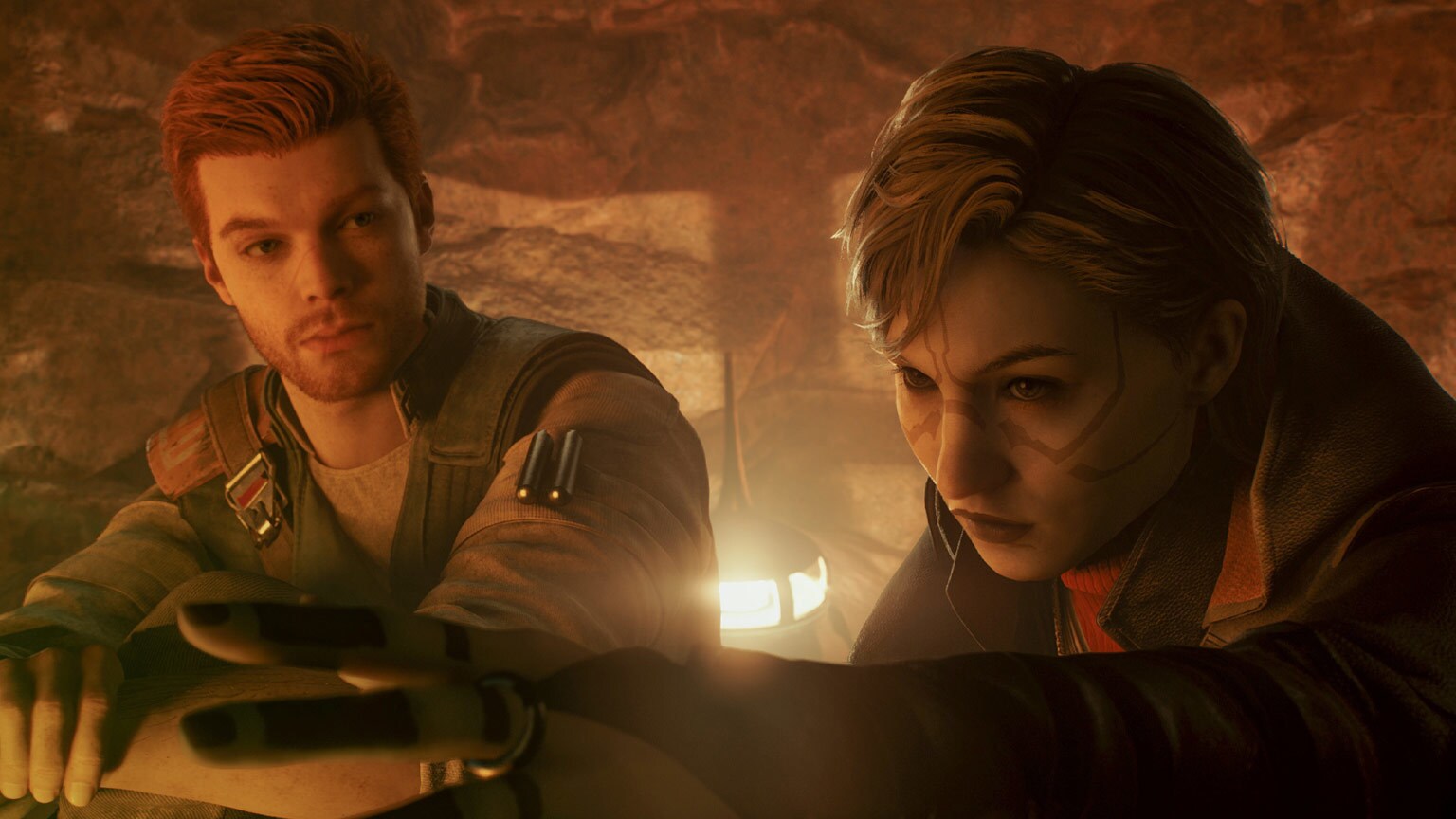Many gamers eagerly anticipated Star Wars Jedi: Survivor before the game was officially announced. Star Wars Jedi: Fallen Order was such a fantastic experience that audiences wanted a sequel, and Respawn Entertainment has delivered. Well, mostly delivered. The story and design are worthy successors, but the performance, especially on PC, is not.
While Jedi: Survivor isn’t due to launch until April 28, early reports reveal that the game is poorly optimized. No, this isn’t a jab at its 155 GB file size; Jedi: Survivor on the PC is riddled with glitches and performance issues, many of which ruin an otherwise great game. The console versions also suffer from some notable technical problems, even if they’re still the ideal way to play the game from a performance perspective. To be fair, the Day One patch will probably fix many of these problems, and EA promised that developers will release a salvo of patches in the coming weeks. However, the fact remains that the PC port of Jedi: Survivor is currently buggier than Geonosis, and many reviews will likely reflect these problems.
We highly recommend purchasing Star Wars Jedi: Survivor due to the quality of the game, but you will encounter performance issues, especially if you are dead set on buying the game on PC. Specifically, here are some of the notable technical issues in the game that have been discovered so far.
Star Wars Jedi: Survivor’s Performance and Visual Bugs
If you’ve watched trailers for Star Wars Jedi: Survivor, you probably noticed how good the game looks. Respawn Entertainment put countless work hours into testing the limits of modern GPUs, and unfortunately, the company might have succeeded a little too well. Many of Jedi: Survivor’s problems stem from poor performance. Here are some of the more notable issues outlets have reported so far:
- The game is prone to crashing across all platforms (our own Matthew Byrd experienced at least five hard crashes during his PS5 playthrough)
- Parts of the environments tended to pop in (especially during cutscenes).
- The game had trouble loading many areas.
- Framerates dropped significantly during large combat sections, while in open areas, and even when stepping through doorways.
- The game is prone to screen tearing.
- Lowering graphics settings didn’t notably improve performance for some PC users.
Out of all the bugs listed above, the most troubling is the game’s apparent refusal to improve performance when graphics settings are turned down. Normally, reducing stuff like textures, lighting, and effects should ease some of the strain on processors, but if they don’t, something might be wrong with the engine and/or its optimization. PCGamer postulated that part of the problem might be due to Jedi: Survivor loading parts of the level in the background. Video Games Chronicle’s review backs up this thesis since, by their accounts, the game ran much smoother during linear levels, when the engine didn’t have to load as much.
Though Jedi: Survivor‘s performance is generally better on next-gen consoles, even the game’s Performance Mode won’t address all the game’s issues. It will probably take a few patches for those to have less of an impact.
Star Wars Jedi: Survivor’s Cutscene Bugs
Normally, visual and performance bugs would also cover cutscenes, but many outlets noticed that cutscenes are privy to their own sets of glitches. Here are the most significant problems reviewers noticed:
- Pop-in was extremely bad during cutscenes.
- A game-breaking audio bug invaded every cutscene and ruined the experience.
- Framerates dropped as low as 15 or 20 FPS during cutscenes.
- Dialogue usually overlapped and some pieces of dialogue were missing during cutscenes.
- Removable character accessories such as helmets and blasters shook and snapped to positions during cutscenes.
- Character accessories such as plates flickered in and out of existence during cutscenes.
- Characters could rubber band across the screen during cutscenes.
Admittedly, many of the bugs reviewers discovered during cutscenes are yet another symptom of Star Wars Jedi: Survivor’s performance issues, so perhaps they will go away once Respawn Entertainment patches the game. As before, the PC version tends to suffer from the most cutscene performance issues, but it’s a fairly widespread issue.
Is Star Wars Jedi: Survivor Worth It Despite the Performance Issues?
At the moment, the PC version of Jedi: Survivor carries a pretty strong “buyer beware” warning. Most reviews of the PC version of the game reference various performance issues regardless of the power of the player’s hardware. While the issues are not universal or utterly game-breaking in the way they were for games like Batman: Arkham Knight and Cyberpunk 2077, those who value PC performance and/or do not have incredibly high-end machines may want to wait for patches before purchasing that version of the game.
What if you’ve already purchased the PC version, though? Well, given all the performance issues and the game’s inability to keep a solid framerate, we have to agree with Video Game Chronicle and recommend sticking with Jedi: Survivor’s quality mode settings regardless of hardware. Currently, the game can barely handle 40 FPS on most high-end PCs, let alone 60, so why bother using graphics options that are supposed to max out framerates? Just enjoy Cal Kestis’ journey in 30 FPS and hope you can avoid the worst of the issues.
While the PC version of Star Wars Jedi: Survivor is arguably the worst out of all the releases, the console ports, while better, aren’t flawless. Push Square noticed framerate issues and screen tearing on the PlayStation 5 version, while Gamespot’s experience was marred by random crashing during cutscenes. Unless you demand absolutely perfect performance, though, those versions of the game should be more than playable with early updates.
